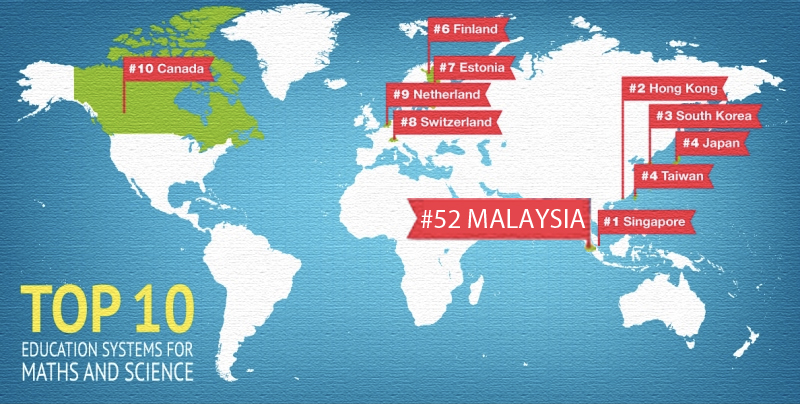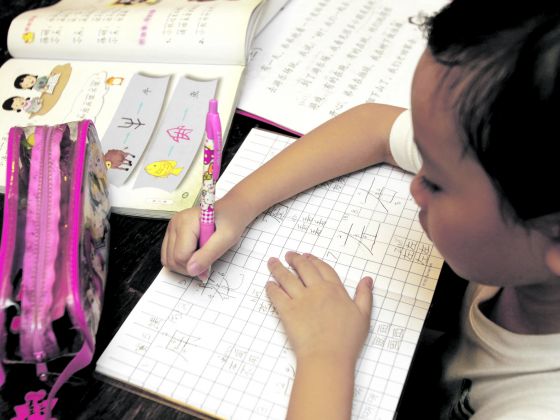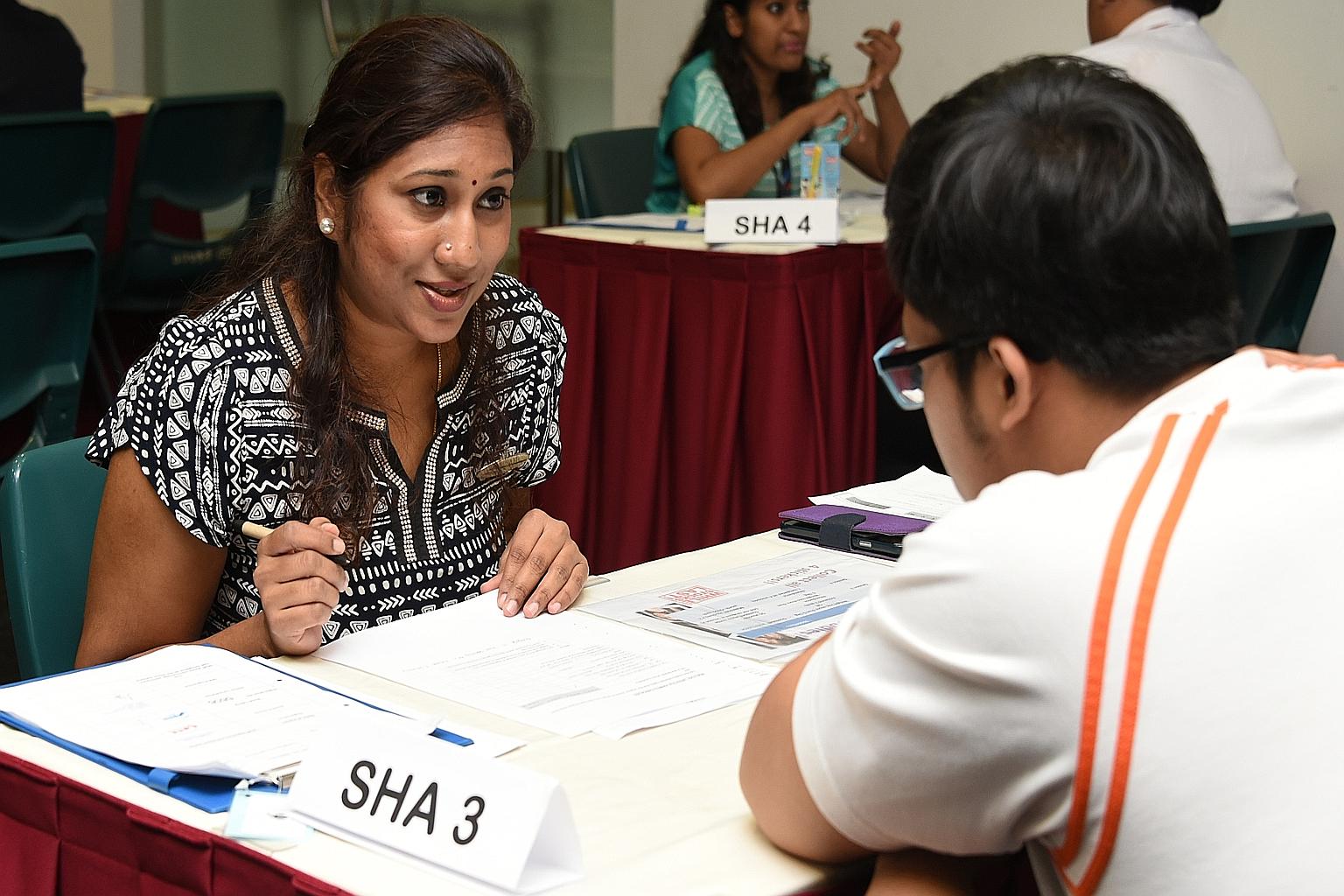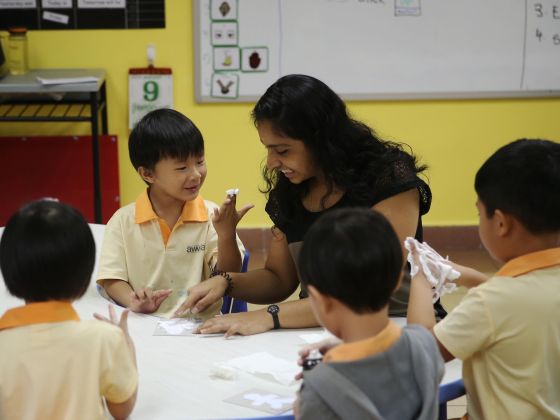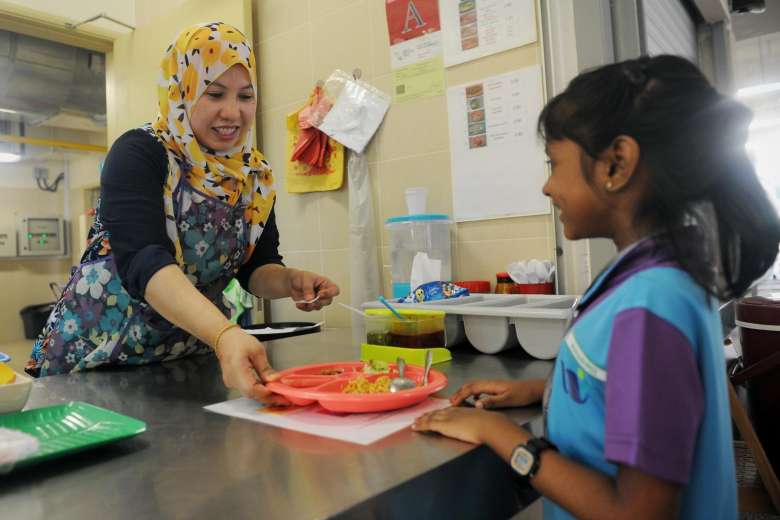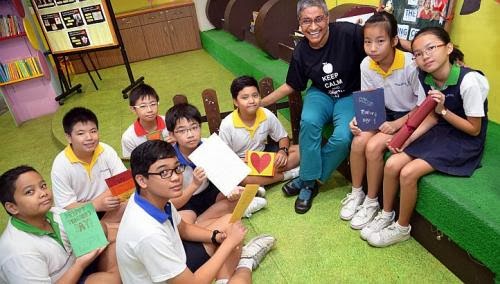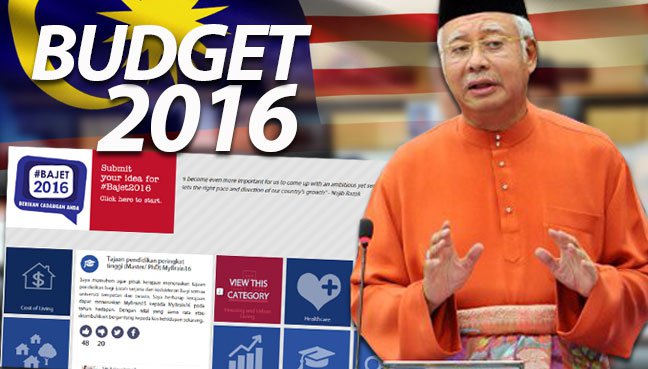7 Things From Singapore’s Education System That Should Be Implemented In Malaysia
IMHO, it would be great if every school in Malaysia gets at least one in-house health advisor.
When the Organisation for Economic Co-operation and Development (OECD) released its ranking for education quality last May, Malaysia was ranked 52 out of 72 while our neighbour, Singapore clinched the top spot
The study, conducted by OECD, was an analysis of the test scores of 15 year-olds in maths and science. OECD argues that the standard of education is said to be a “powerful predictor of the wealth that countries will produce in the long run”.
Singapore has been making a steady progress up the tables that measure students' ability in reading, maths and science while Malaysia struggles to maintain her rankings.
Many wouldn't be surprised with the result as Singapore's education system has always been highly regarded as the best in the world. But why are they so good?
Here are some things that you probably didn't know about Singapore and how we can possibly learn from them to improve our education system:
1. Singaporean schools have teacher-cops to deal with matters relating to delinquency and law enforcement in schools, taking a key role in reducing youth crime and maintaining order
Robin Chia, an honorary Volunteer Special Constabulary (VSC) officer posing with his identification card.
Image via Straits TimesSingapore's Ministry of Education (MOE) and Singapore Police Force (SPF) introduced the Honorary Volunteer Special Constabulary (VSC) School Scheme in 1997 to help schools and Institute of Technical Education (ITEs) combat student delinquency by extending police authority to the following personnel and their equivalents: discipline masters/mistresses, disciplinary teachers, or operations managers.
An honorary VSC officer is vested with full police powers, privileges and immunities to deal with student-related matters that occur within the school premises, its immediate vicinity and other venues where school activities are held.
In Malaysia, a report by Malaysian Digest states that the number of juvenile cases has been increasing, according to the statistics from the Royal Malaysian Police (PDRM). These cases mostly involve school students. With that said, there is a need to implement intervention programmes to curb these students from delinquency.
Perhaps Malaysia does not need to go as far as Singapore to introduce teacher-cops but the MOE could look into establishing dedicated personnel who will solely handle disciplinary issues in school so that normal teachers can focus on teaching.
2. Singapore's bilingual policy and single-stream education system which uses English as the main language of instruction
The vernacular system is long a subject of debate in multiracial Malaysia, as advocates of single-stream education say all children should integrate under one school system, so as to expose them to the different ethnic communities in Malaysia from young.
On the other hand, bilingualism has been a key component in Singapore’s education system since the 1960s where English is the language of instruction and making "mother tongue" a compulsory subject, as all students are required to reach a “second-language” level of proficiency in their official mother tongue.
Singapore's President Tony Tan said that Singaporeans today are able to leverage on their "bilingual and bicultural edge to take advantage of the opportunities that present themselves to the world."
Perhaps this could be something that Malaysians should ponder about. Even the Sultan of Johor, Sultan Ibrahim Ibni Almarhum Sultan Iskandar said that Malaysia should adopt Singapore's education system that is based on a single stream last June.
3. Singapore's initiative to promote healthier lifestyles among students through in-house health advisers
Student health adviser Mageswari D.N. Amaderlingam, 40, offering health advice to a student at ITE College Central.
Image via Health Promotion Board/Straits TimesThe Student Health Advisor (SHA) Programme was introduced to eight secondary schools by Singapore's Health Promotion Board in 2010 so that trained professional nurses are stationed full-time in selected secondary schools and institutes of higher learning to dish out advice on health and nutrition.
By August 2015, the programme has been implemented in 20 secondary schools and institutes of higher learning. Under this programme, the nurses have helped thousands of students in health-related matters including helping those with conditions like asthma and diabetes, or helping them to quit smoking or lose weight.
Health checks in schools are unheard of in Malaysia, so this is definitely an aspect that we improve.
Given the growing obesity problem among Malaysian students, where 1 out of 10 are either overweight or obese, the Malaysian government should seriously consider introducing health advisors to schools, or at least to ensure that the pasukan kesihatan sekolah (school health teams) make regular visits to every school for check-ups.
4. Singapore has a structured and systematic support for students with mild special educational needs (SEN) in mainstream schools. This helps them integrate better in mainstream schools.
In Malaysia, special needs learners face various obstacles in their formal education. In an exclusive report by local daily The Star, the parents and special needs children struggle in national schools due to the shortage of qualified teachers and the limited support and funding.
Some also claimed that the ministry’s framework for special needs education is “very weakly implemented or completely non-existent”.
Singapore's MOE started a few initiatives in 2004 to support students with mild special education needs in mainstream schools: schools are staffed with Allied Educators (Learning and Behavioural Support) [AEDs(LBS)], to support students with mild special educational needs such as dyslexia, Autism Spectrum Disorder (ASD) and Attention Deficit Hyperactivity Disorder (ADHD). Meanwhile, all schools also have a core group of Teachers train in Special Needs (TSNs) to support these students.
As of July 2015, all primary schools have been staffed with at least one AED(LBS) to support students with mild special educational needs while 81 secondary schools have been resourced with one AED(LBS) each.
5. Singapore's Healthy Meals in Schools Programme (HMSP) encourages students to eat healthily and maintain a balanced diet
West Spring Primary School's canteen offers students a healthy meal programme called Whizmeal, Singapore.
Image via Tiffany Goh/Straits TimesIn Malaysia, Rancangan Makanan Tambahan (Supplementary Food Scheme) (RMT) and Program Susu Sekolah (School Milk Programme) (PSS) runs simultaneously and have been extended to all schools since 1995. These schemes are designed to help underprivileged children to get a healthy and balanced diet.
However, this is only a small minority as many other students are not eligible for the programme. At the moment, there is no specific programme that is designed to include all students to promote healthy eating or, at least, there is no nationwide implementation.
Singapore's MOE on the other hand, has been collaborating with the Health Promotion Board (HPB) to implement Healthy Meals in Schools Programme (HMSP) that aims to enhance the availability of healthier food and beverage choices in schools. This is an integrated programme involving teachers, canteen vendors and students.
Although the MOE did not enforce and make this program compulsory for all schools, it is a good step forward - something that Malaysia can consider emulating.
6. Singapore integrates counsellors into the education system to provide social and emotional support for students' welfare
School counsellor Brinda Kumari Shanmugam Naidu with a group of students in a school in Singapore.
Image via If Only Singaporeans BlogAll the schools in Malaysia has at least one full-time counsellor by 2000. Counselling teachers, however, are burdened by their dual role, having to primarily teach while counselling becomes second priority.
Despite the availability of these counsellors in schools, there is no enforcement or a systematic programme that can enable these counsellors to help students beyond vocational guidance.
Meanwhile in Singapore, the school counsellor works closely with the school management to plan and implement school-wide counselling system and provide direct counselling intervention to at-risk students.
These at-risk students will be identified by the counsellors to participate in specialised group guidance programmes, to provide them additional help in the area of social and emotional development. It is also common for counsellors to get in touch with parents to alert and update them, and to get them to be involved in the counselling process.
7. Appropriate budget allocation
Malaysia allocated a total RM 267.2 billion with RM41.3 billion (about 15.5 percent of the overall budget) allocated to improve education in Budget 2016, RM1.4 billion lesser than the previous budget.
Unfortunately, while key development sectors like education saw their resources shrink, the Prime Minister's Department (PMO) received a boost in the recent budget allocation.
The higher education ministry suffered the most as their budget was slashed by RM2.4 billion, getting only RM13.37 billion as compared to RM15.78 billion in the previous year. This resulted in 156 contract professors aged between 61 and 70 years at public universities losing their jobs because their contracts were not renewed as a result of budget cuts at the tertiary institutions.
The lack of resources could be a real hindrance in getting the best for our students, especially in areas that caters to special needs children and teens.
Meanwhile, Singapore has continually invested about 20 percent of the country's annual budget to the Ministry of Education (MOE), second only to the budget for the Ministry of Defence.
This story is the personal opinion of the writer. Submit a story by emailing us at [email protected].
